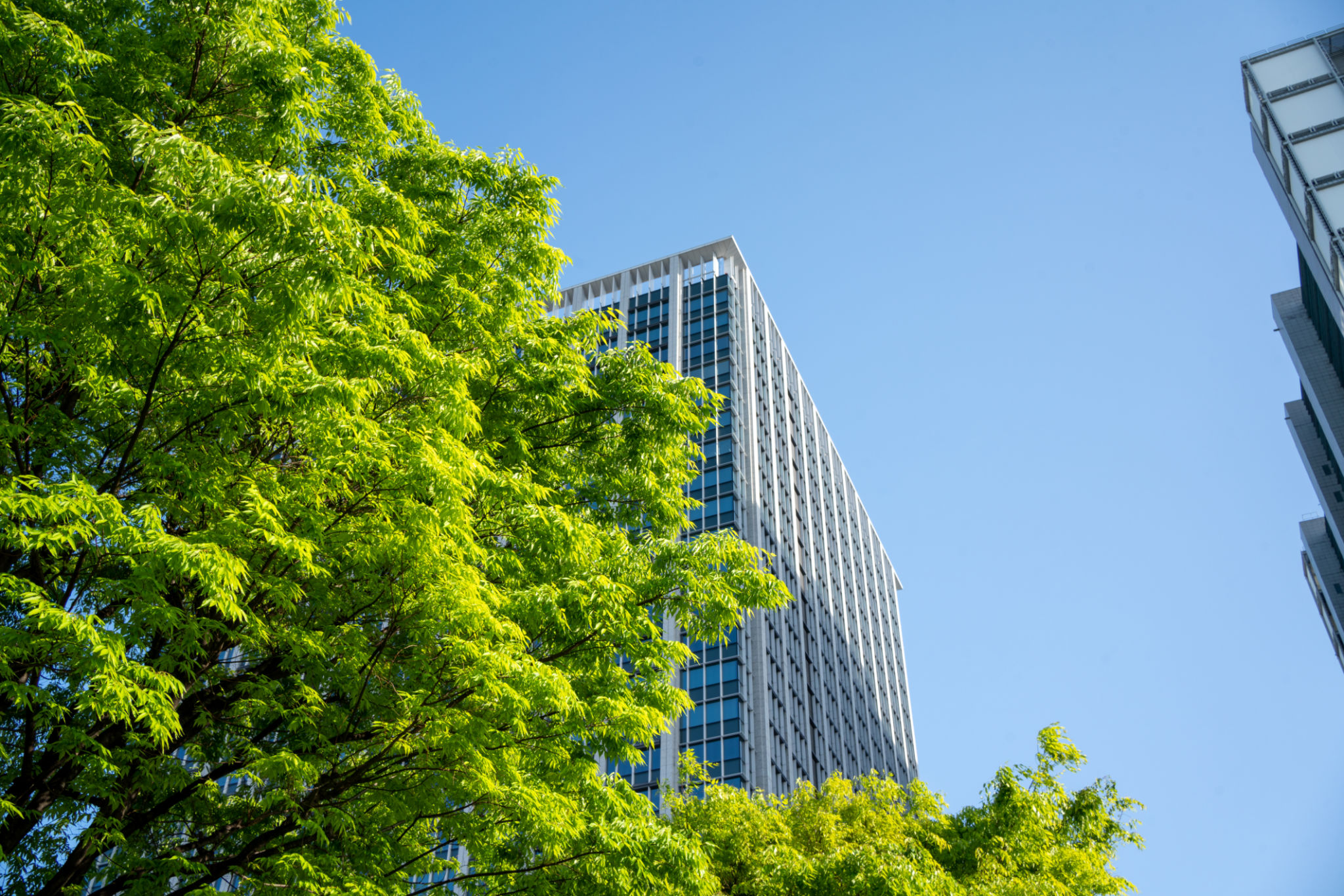The Role of Bio-Swales in Local Government Water Conservation Programs
Understanding Bio-Swales
Bio-swales are specially designed landscape elements used to concentrate and convey stormwater runoff while removing debris and pollution. They are an essential part of modern urban planning, playing a critical role in water conservation efforts by local governments. These natural water management systems are increasingly being integrated into urban landscapes to enhance sustainability.
Constructed with a gentle slope and filled with vegetation, bio-swales slow down water flow, allowing for natural filtration. This process helps in removing sediments and pollutants before the water reenters the natural water cycle. As cities grow and face challenges related to water management, bio-swales offer an effective, eco-friendly solution.

The Importance of Bio-Swales in Water Conservation
Local governments are recognizing the importance of bio-swales in their water conservation programs. These systems reduce the burden on traditional stormwater infrastructure, which can be costly to build and maintain. By diverting water away from storm drains, bio-swales help to prevent flooding and erosion, contributing to more resilient urban environments.
Moreover, bio-swales play a significant role in improving water quality. When stormwater flows over impervious surfaces, it collects pollutants like oil, heavy metals, and trash. Bio-swales act as natural filters, capturing these contaminants before they reach local waterways, thus protecting ecosystems and drinking water sources.
Environmental Benefits
Beyond water conservation, bio-swales offer several environmental benefits. They provide habitat for native plants and wildlife, promoting biodiversity in urban areas. The vegetation used in bio-swales also contributes to carbon sequestration, helping to mitigate the effects of climate change.

Economic Advantages
Bio-swales not only benefit the environment but also offer economic advantages. Investing in green infrastructure like bio-swales can save local governments money in the long run by reducing the need for expensive stormwater management solutions. Additionally, by improving the aesthetic value of urban spaces, bio-swales can increase property values and attract businesses.
The maintenance of bio-swales is relatively low-cost compared to traditional systems. Routine tasks such as removing debris, replanting vegetation, and monitoring water flow ensure that these systems remain effective without significant financial investment.
Community Engagement
Implementing bio-swales also presents an opportunity for community engagement. Local governments can involve residents in the planning and maintenance of these systems, fostering a sense of ownership and responsibility for local environmental conservation efforts. Educational programs can further enhance public awareness about the importance of sustainable water management practices.

Challenges and Considerations
Despite their benefits, there are challenges associated with bio-swale implementation. Proper design and placement are crucial to ensure their effectiveness. Factors such as soil type, slope, and vegetation selection must be carefully considered. Local governments must also address potential public concerns about maintenance and aesthetics.
Nevertheless, with careful planning and community support, these challenges can be overcome. As awareness grows about the importance of sustainable water management, bio-swales are likely to become an increasingly common feature in urban landscapes worldwide.
Conclusion
Bio-swales are invaluable tools for local governments seeking to enhance their water conservation programs. By integrating these systems into urban planning, cities can effectively manage stormwater runoff, protect natural resources, and engage communities in sustainable practices. As environmental concerns continue to rise, the adoption of bio-swales represents a forward-thinking approach to creating healthier, more sustainable urban environments.